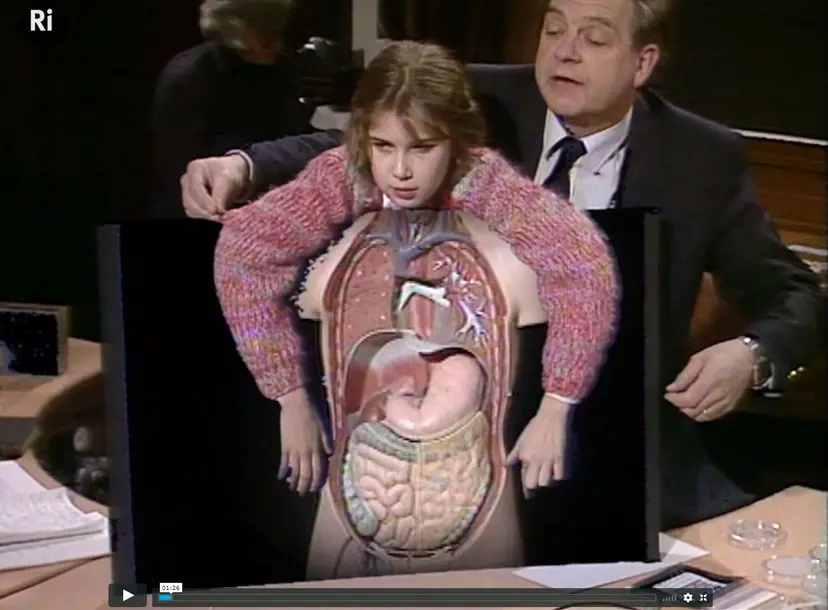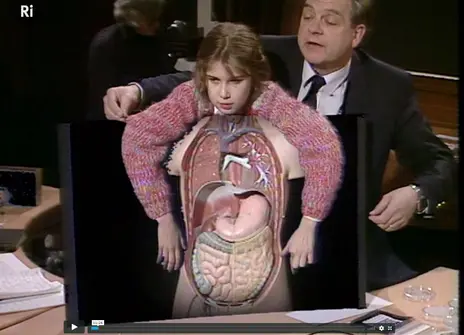Lecture 5 – Normal cells and cancer cells
From the 1984 lecture programme:
The body contains many different types of cells, in the blood, skin, brain and elsewhere, all with their own individual properties carrying out their particular functions.
The growth and behaviour of cells is controlled by "actors that regulate their performance. When this regulation goes astray then cancer may develop.
Most cancers originate from a single, genetically altered cell which, after accumulating further genetic changes, is then able to spread throughout the body causing the disease we recognise as malignant cancer.
Any tissue that can be affected though some, such as the lung (because of cigarette smoking) or the breast in women, may give rise to cancer much more often than others.
Major clues to identifying the cancer cell's wayward genes have come from applying genetic engineering techniques to the viruses which we know to cause cancer in animals.
Some human cancers also involve viruses. These, and other new approaches to identifying cancers using antibodies, offer new hope for better understanding and so more easily preventing or treating cancer.
About the 1984 CHRISTMAS LECTURES
From the 1984 lecture programme:
We are all different, in looks, in behaviour, and in our susceptibility to disease. Many of these differences are reflected in the chemical makeup of our body and its cells, and most such differences are inherited.
The basic determinants of inheritance, the genes, make up the chromosomes that are found in the nucleus at the centre of every cell. The formal mechanics of inheritance and chromosome behaviour were worked out by Mendel, and later, his successors in the early years of this century. But the chemistry of the genes starts with the DNA double helix of Watson and Crick.
The language of the genes has now been deciphered, so that the small misprint that can cause a major disease, such as the sickle-cell anaemia found mainly in people of African origin, can be read and interpreted.
New developments in genetics have made it possible to study the chemistry of the genes to an extent that could hardly even have been imagined only ten or fifteen years ago. This new genetics, or genetic engineering as it is sometimes called, is beginning to uncover the secrets underlying individual differences, and to provide the tools for understanding and perhaps correcting diseases with a genetic basis.
Now we are beginning to see what it might be that turns a normal cell into a cancer cell, and why the body sometimes attacks itself to produce diseases such as diabetes in children or rheumatoid arthritis.
When will the new genetics tell us why, or whether, one person may become a gifted painter, another a musician, another an athlete and another a mathematician? How far can we go in explaining the infinite variety of mankind?






